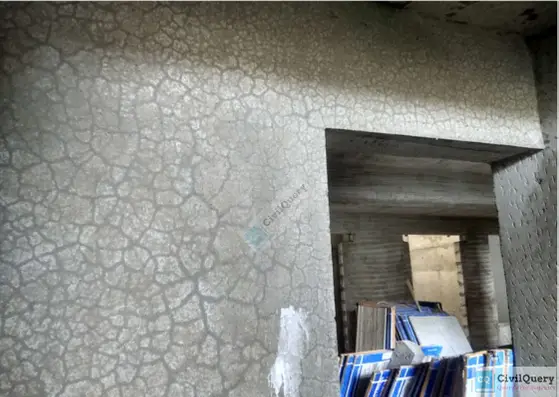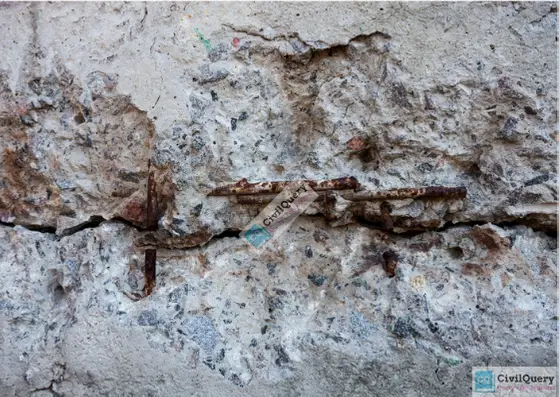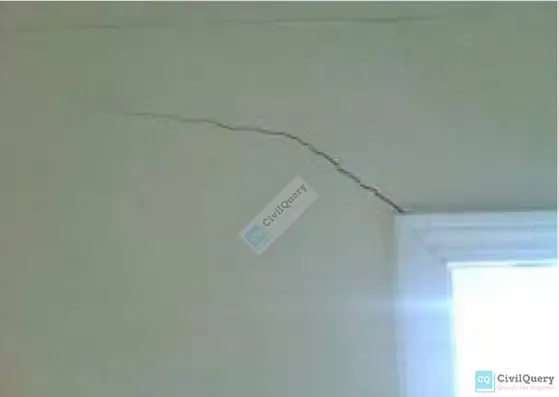There are many reasons behind cracks in plaster, mainly cracks are classified into two different types- structural cracks and second is non-structural cracks.
Structural Cracks

Mainly structural cracks developed due to bad workmanship during work, structural defects and settlement of building structure after many years.
Non-structural Cracks

Non-structural cracks occur due to climatic changes, poor curing, bad quality of sand, lack of moisture in climate, the moment of footing below ground, natural disasters, due changes in groundwater level, and also expansion and contraction of soil, and Finally corrosion of Steel, etc.
Cracks in structure or plaster are a very serious problem, this affects the quality of construction. To solve this problem we will have to take special Precaution while doing plaster work and before and after plasterwork. Engineers, supervisors, and masons should have adequate knowledge about the Process of Plasterwork.
Reasons behind cracks in Plaster
1. Due to loss of moisture- (Shrinkage Cracks)

Initially, when cement comes in contact with water, cement starts its setting process at the same time, the heat of hydration will start and generates heat which we have to control by providing required moisture. If cement not gets a sufficient amount of moisture or water this will leads to develop in cracks on plastered surface.
During hot weather when temperature increases about 35 degree Celsius evaporation process get accelerate. Hot climates evaporate moisture from plaster, and also hot wind and dry wind makes plaster surface dry. This process leads to develop cracks in the plaster. This type of cracks called shrinkage cracks.
2. Cracks due to temperature changes. (Thermal Cracks)
This type of cracks also called as a Thermal Cracks. When the plaster surface is exposed to the external climatic condition, in the day time the temperature is hoter as compare tonight. Due to these temperature changes in such a short period of time, this leads to develop cracks in the plaster surface.
3. Cracks due to fine sand and silty sand
If silt content excess in the sand above a limit, it absorbs more moisture content from plaster surface, which is required at the time of heat of hydration process & moisture content get reduced which leads to Cracks in plastered surface.
Silt particles are very fine in size, which is finer than 150 micron. It absorbs more water at the time of mixing of mortar to get required workability. This will leads to bleeding or drying, which helps to develop cracks on
4. Cracks due to corrosion-

When the protective layer of steel is weak to protect steel from the weather, which leads to corrosion of steel. When corrosive layer comes over steel, It increases the volume of steel. Due to this stress is developed on the layer covering steel. Which develops cracks on the Concrete layer over steel.
5. Cracks because of structural defects & bad workmanship.
Sometimes cracks occur due to the bad quality of workmanship. Workers & supervisor should have adequate knowledge to avoid cracks. Many times it is
Water-cement ratio
In most of the cases, it is observed that worker add more amount of water than required at the time of mixing of mortar. If the water-cement ratio is less, then strength will be high. If the water-cement ratio is more, strength will be low.
Many times defective RCC structure may lead to development in cracks. Excessive bending moment leads to develop excessive stress on block wall which develops cracks. Defective design of footing develope movement in structure this will result in a crack in structure.
6. Natural disasters-
Natural disasters like earthquake, flood, excessive wind load may also reason for developing cracks in the structure. In the case of earthquakes, vibration is transferred through the soil and which is followed by the structure resting on the soil. Due to which structure moment occurs because of these cracks can take place.
During flooding excess amount of water is transferred from one place to another and with that water, earth particles may move due to flooding. Because of this settlement of structure can take place, in that case, these cracks can be developed. In case of high rise buildings due to heavy wind pressure, structural movement can take places this may lead to the formation of cracks.
How to inspect cracks
If we have to repair or prevent cracks, Inspection of cracks is very important. This study is very important to select the crack repairing process. While repairing and prevention of cracks we should have to know what type of crack it is and why it is developing. To inspect cracks following points we have to keep in our mind.
1. Period of crack- we should have to notice it is stable or developing continuously. We have to inspect this every day. Because continuously developing cracks may be very harmful to structure in the future.
2. Physical inspection- we should have to inspect the width of the crack, length of the crack, how much crack is deep within. If it is surface crack, we can repair. But if it is throughout from one side to another it may be a very serious issue also which can be a reason for leakage. We should have to find the reason for crack and should have to take immediate action.
3. Location of cracks- Inspect the location from where a crack is starting. If location is the center of the beam then it signifies that crack is developing due sagging of beam. If the location near corners of door and windows then it signifies that it is occurring due to the settlement of the structure and this can be a serious problem.

4. A direction of crack- whether the crack is vertical, horizontal or diagonal, we have to notice. This can help us to decide the reason behind the formation of a crack. If it is vertical it may be due to the settlement of building which is serious. Horizontal cracks may develop due to loss of moisture in the mortar between joints if joints not filled properly that horizontal cracks can develop.
Note: In future we are covering a topic on how to prevent this types of cracks. So stay stunned


1 thought on “Why Cracks occurs in Plaster?”